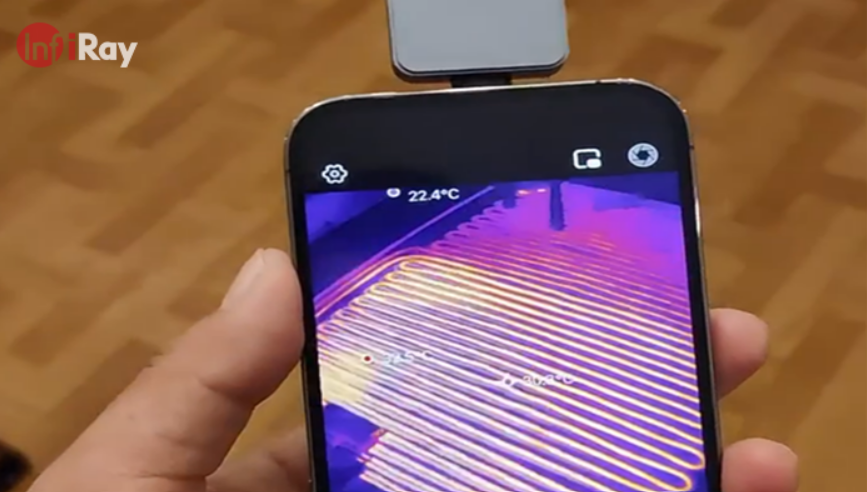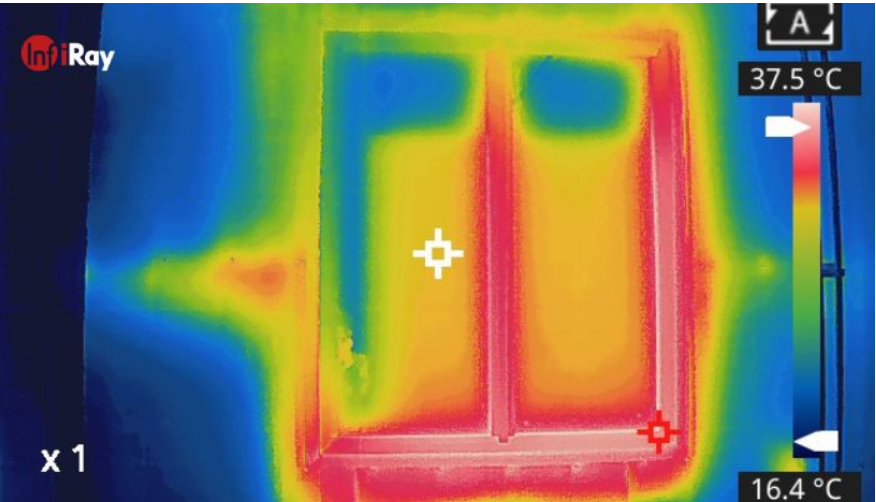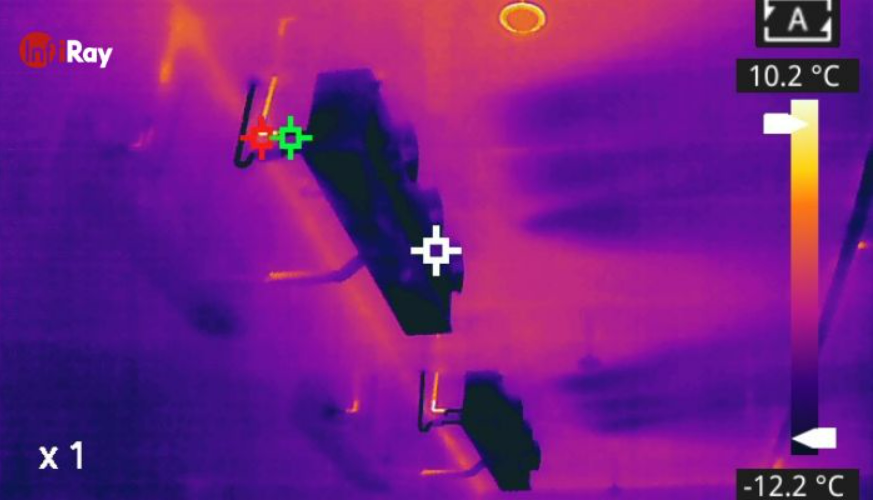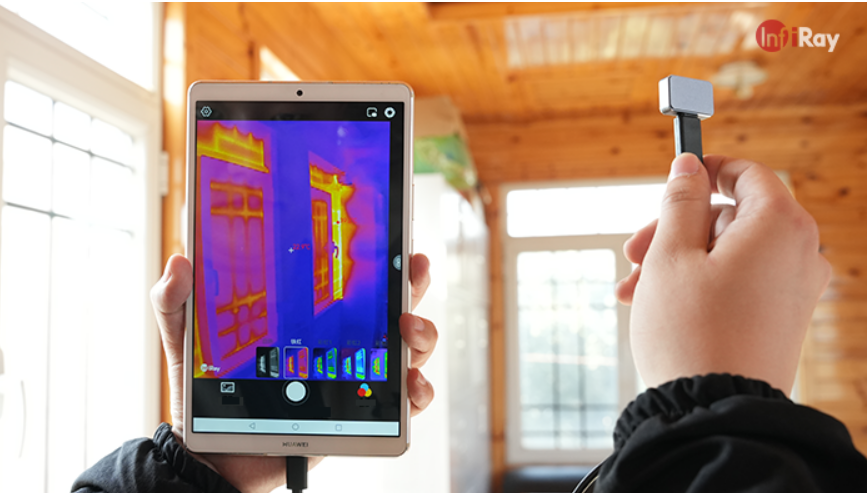1300 737 976
Call us
Live Chat
Call us
Maintaining the structural integrity and safety of a home is a paramount concern for homeowners, and home inspections play a crucial role in achieving this goal. Among the cutting-edge technologies utilized in the field, thermal imaging has emerged as a transformative tool. We will explore the fundamentals of thermal imaging, its application in home inspections, and the numerous benefits it brings to homeowners.
Understanding Thermal Imagining.
Thermal imagining employs specialized cameras with infrared sensors to detect heat variations in objects or surfaces. These cameras capture thermal radiation and translate it into a visual representation of temperature differences, enabling inspectors to identify hidden issues not visible to the naked eye. By assigning colours to different temperature ranges, thermal imaging allows inspectors to pinpoint anomalies, making it an invaluable tool for comprehensive home inspections.
Applications of Thermal Imaging in Home Inspections.


Locating Electrical Issues and Potential Fire Hazards: Thermal imaging is instrumental in identifying areas where electrical components are overheating, signalling potential hazards. This proactive approach allows homeowners to address electrical before they escalate into safety concerns, reducing the risk of electrical fires and ensuring residents safety.

Benefits of Thermal Imaging in Home Inspections.

The thermal imaging cameras available today are easy to use so homeowners can purchase and do inspections themselves, the cameras are a non-invasive and powerful tool so the homeowner can ensure the safety, efficiency, and longevity of their own homes.
Pyrosales offer the InfiRay C series or M series which is best for Plumbing, Electrical, Gas Detection and Pest Control. View C200 Series Data Sheet. View M200A Series Data Sheet.
Copyright © 2022 Created by Pepper Digital
Disclaimer – Images for illustrative purposes only and may not be representative of the actual resolution of the camera shown.